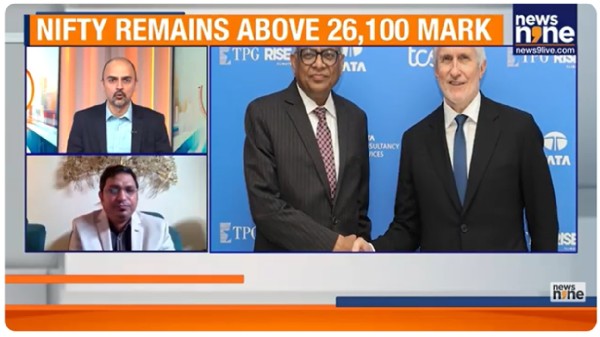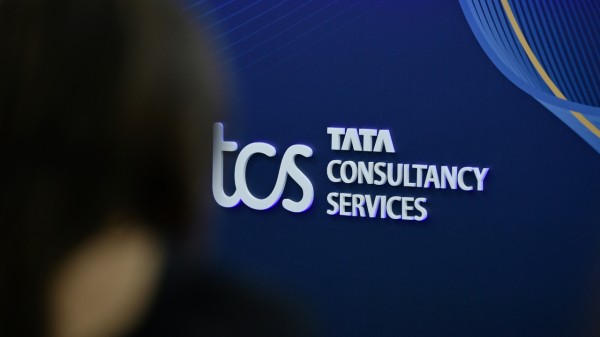

By signing in or creating an account, you agree with Associated Broadcasting Company's Terms & Conditions and Privacy Policy.


By signing in or creating an account, you agree with Associated Broadcasting Company's Terms & Conditions and Privacy Policy.

Kolkata: The Indian REIT market is rapidly maturing. The first Real Estate Investment Trust (REIT) was launched in India in March 2019. Since then, participation in REITs has grown to include more than 540,000 investors. The number was fewer than 10,000 in 2019. The surge has been attributed to smaller investment ticket sizes, tax efficiencies and stronger governance frameworks. According to a white paper published by alternative investment platform, Alt, the REIT market now includes 129 million sq ft of Grade-A commercial space.
The emergence of SM REITs has been of special significance to the common man. SM REITs (Small and Medium REITs) consists of a new type of real estate investment trust and these are crafted to enable individuals to invest in rent-yielding properties simply because the amount of minimum investment required in these instruments is lower than REITs. These assets can be office buildings, shopping malls and even hotels and hospitals.
Four REITs are listed in India. These are Embassy Office Parks REIT, Mindspace Business Parks REIT, Brookfield India Real Estate Trust, and Nexus Select Trust.
The Alt white paper also stated that "REITs have demonstrated strong occupancy levels (87-97%) and stable Net Operating Income growth. InvITs, particularly in roads and power transmission, have become essential vehicles for India's infrastructure monetization, collectively managing 7 trillion in assets."
But can REITs, SM REITs and InvITs be used to diversify portfolios? The Alt paper underscores that in fact, these are eminently suitable for diversification and the reason is low correlation to the equity markets. REITs and InvITs exhibit "lower correlation to traditional equity markets (Nifty 50 beta of 0.14), positioning them as powerful tools for portfolio diversification," says the report.
The white paper has highlighted the growth potential of both sectors. According to the report, only about "23% of India's Grade-A office stock is REIT-owned significant headroom for asset acquisitions or new REIT listings". The AUM of InvITs is expected to grow three times to reach 21 trillion by FY30, with the National Monetisation Pipeline providing significant tailwind.
"Over the last decade, REITs and InvITs have evolved from nascent concepts to mainstream products in Indian capital markets. With the introduction of SM REITs, we are witnessing the next leap in democratizing access to institutional-grade real estate.... We believe the next phase of growth will be driven by innovation, transparency, increased investor education and Alt is excited to be at the forefront of that journey," Kunal Moktan, co-founder, Alt told the media.
(Disclaimer: (Disclaimer: This article is only meant to provide information. TV9 does not recommend buying or selling shares or subscriptions of any IPO, Mutual Funds, precious metals, commodity, REITs, INVITs, any form of alternative investment instruments and crypto assets.))












